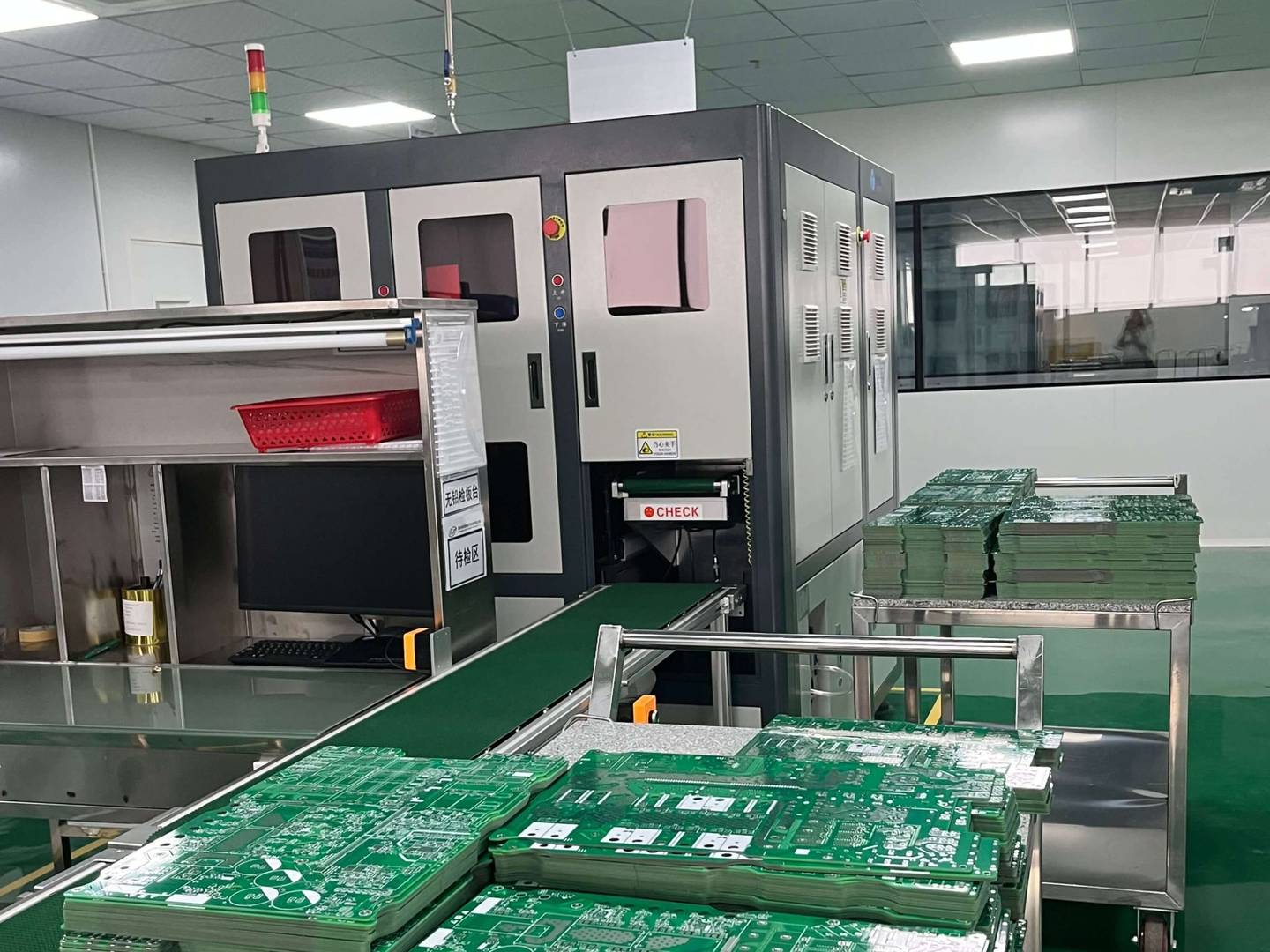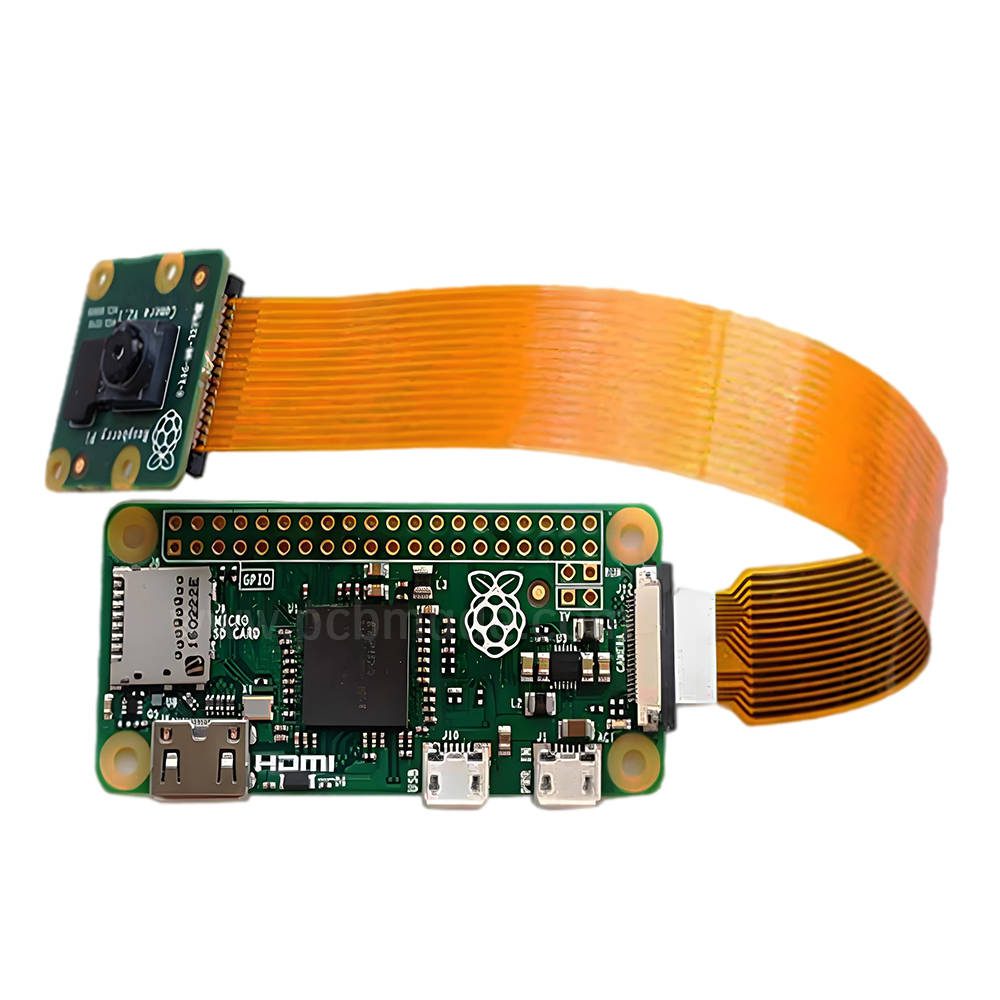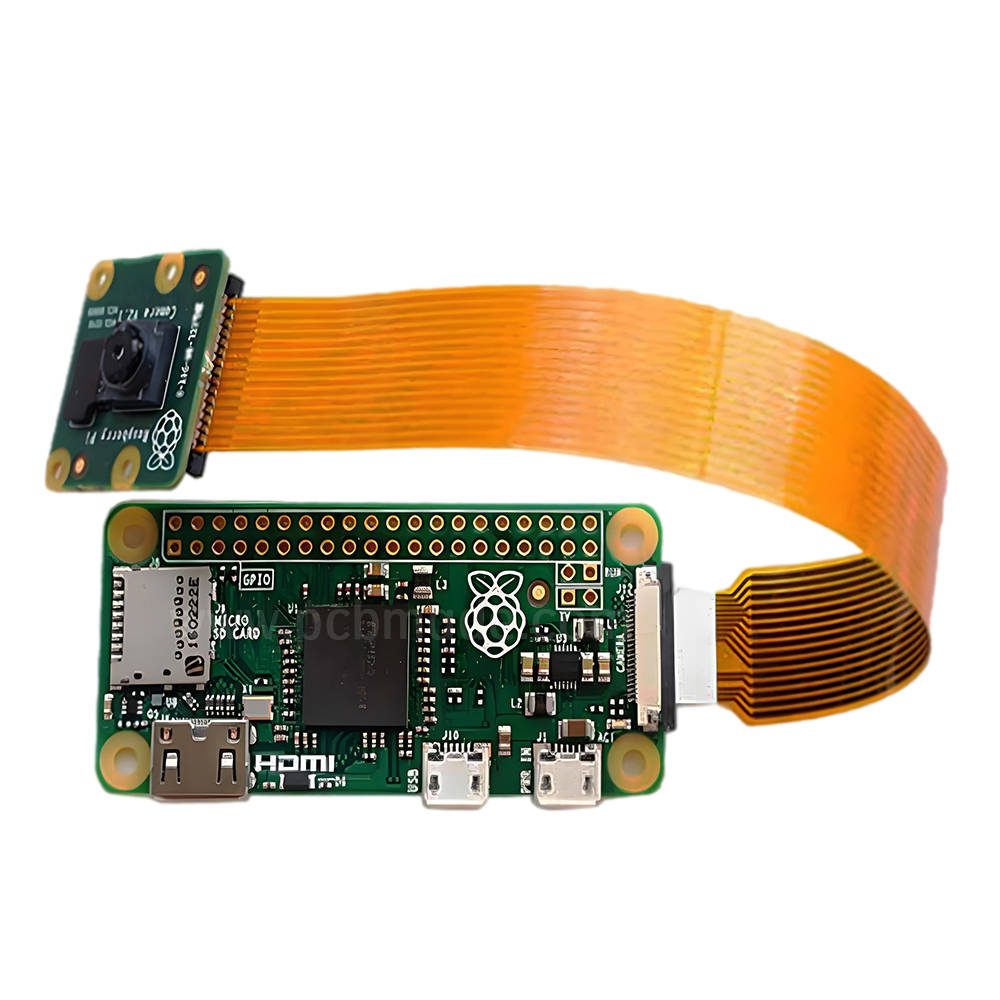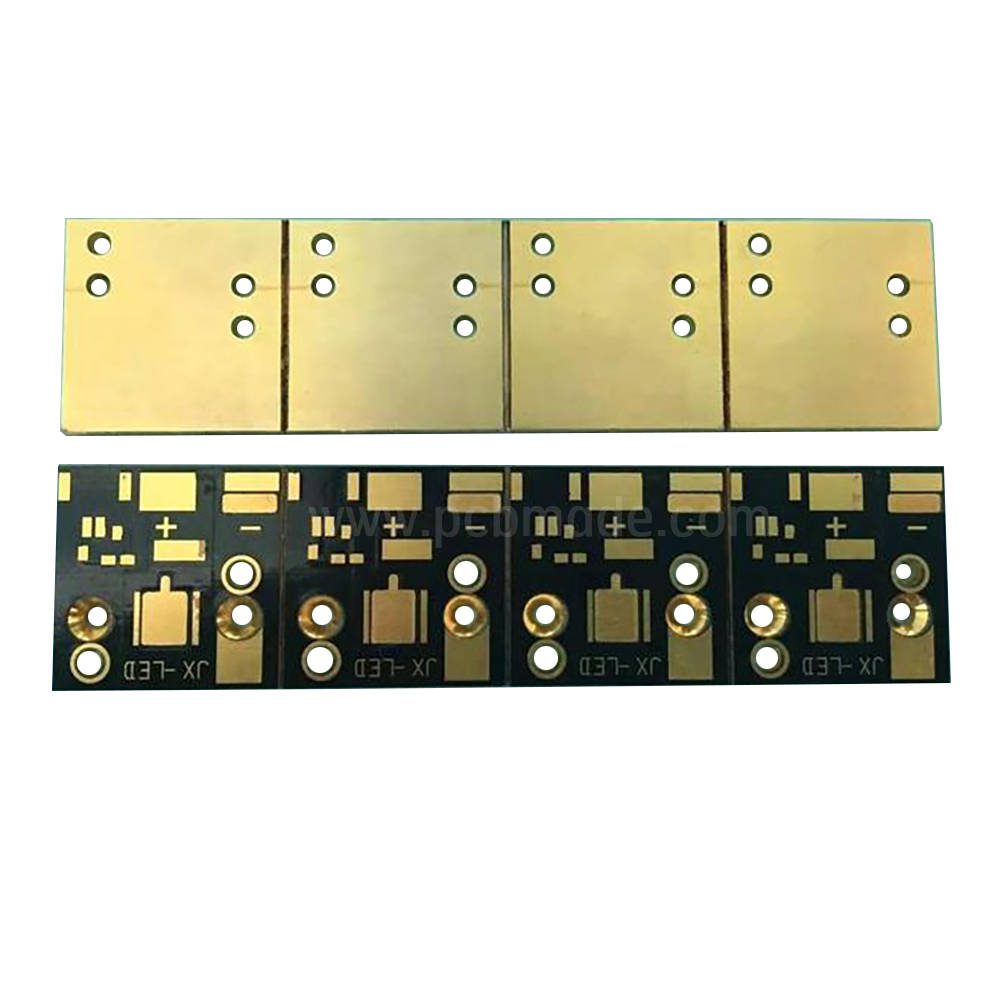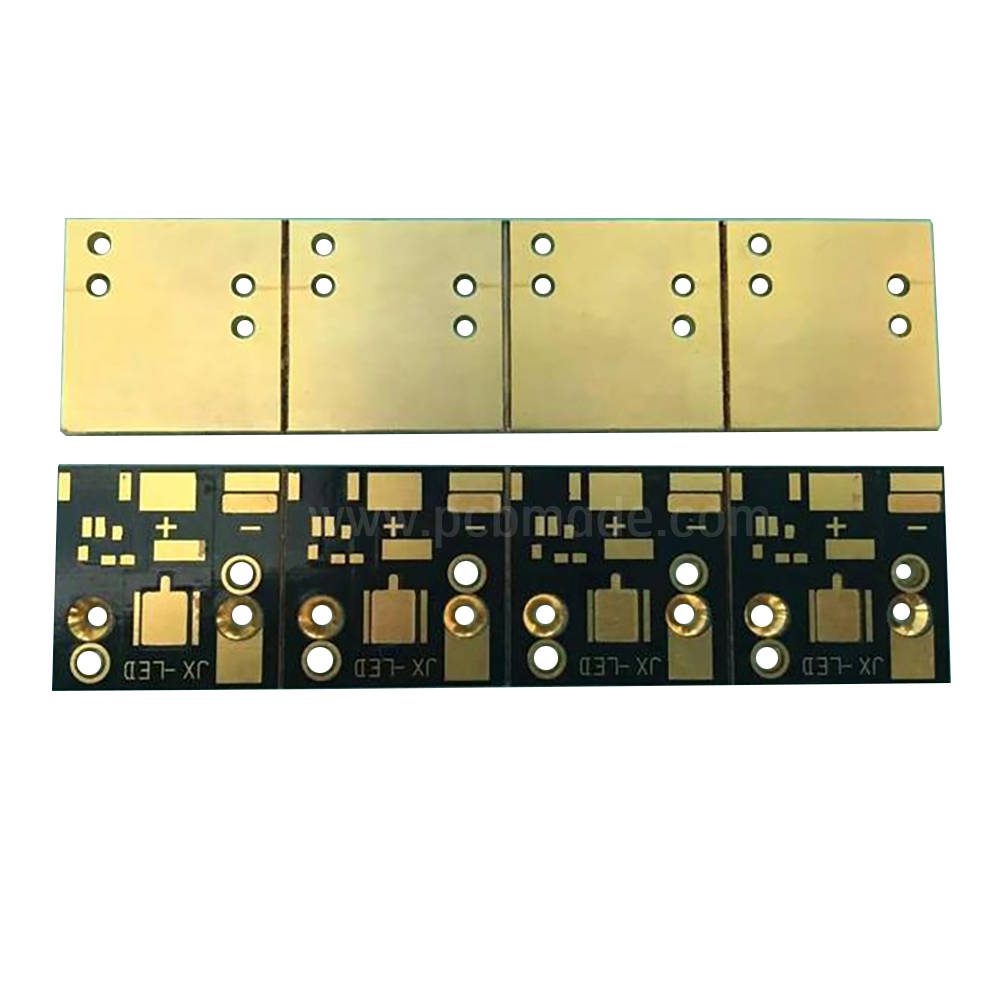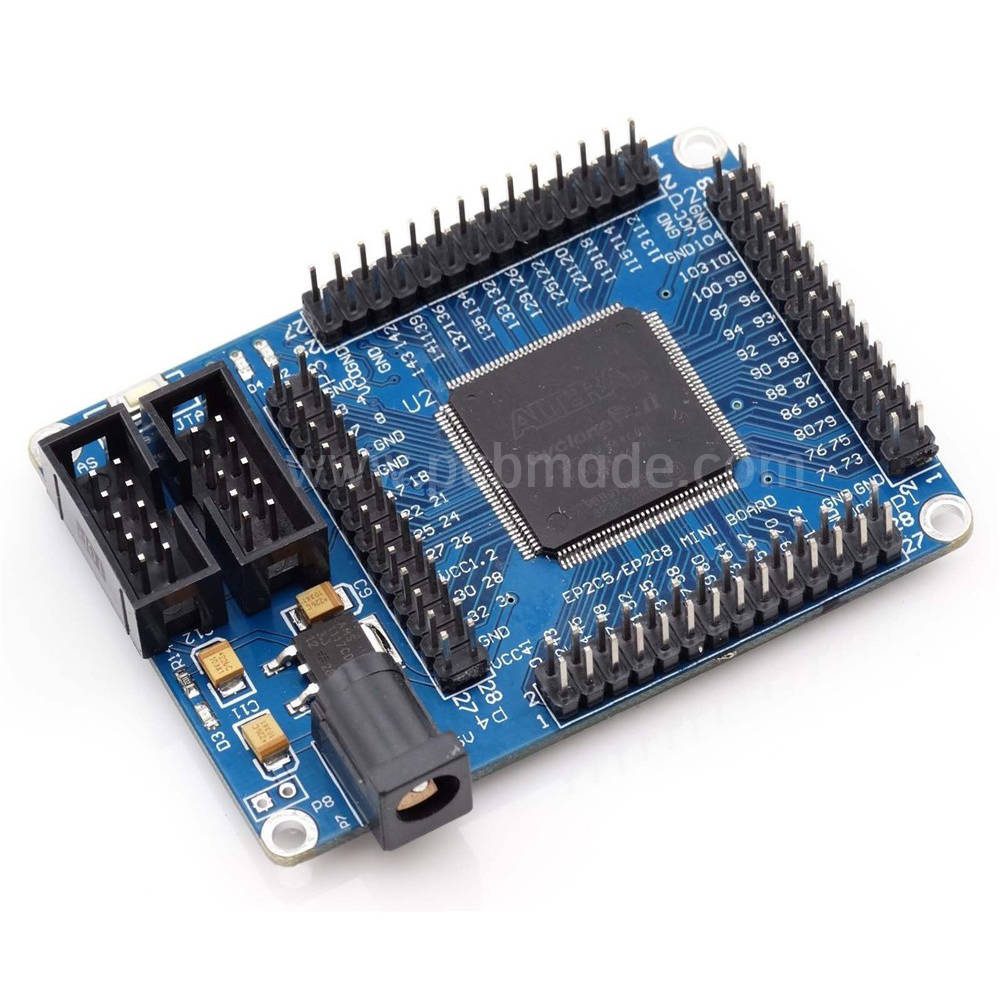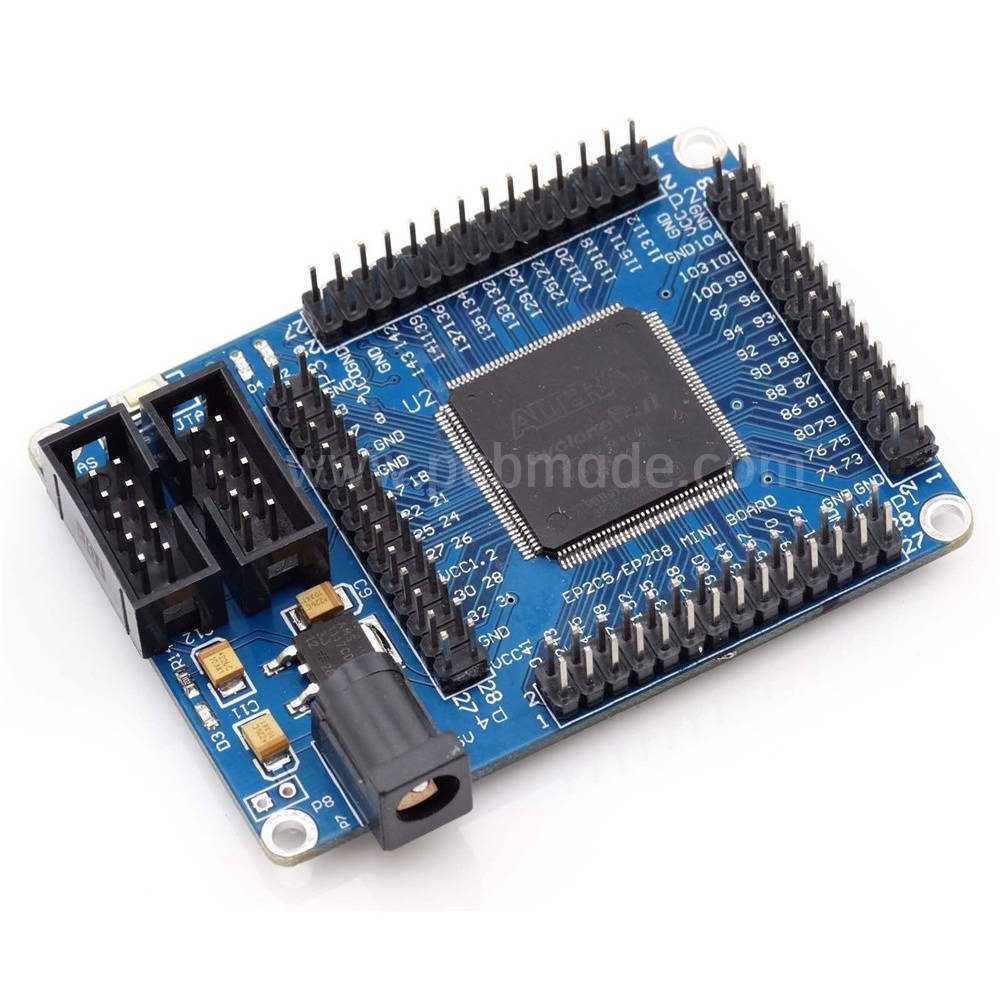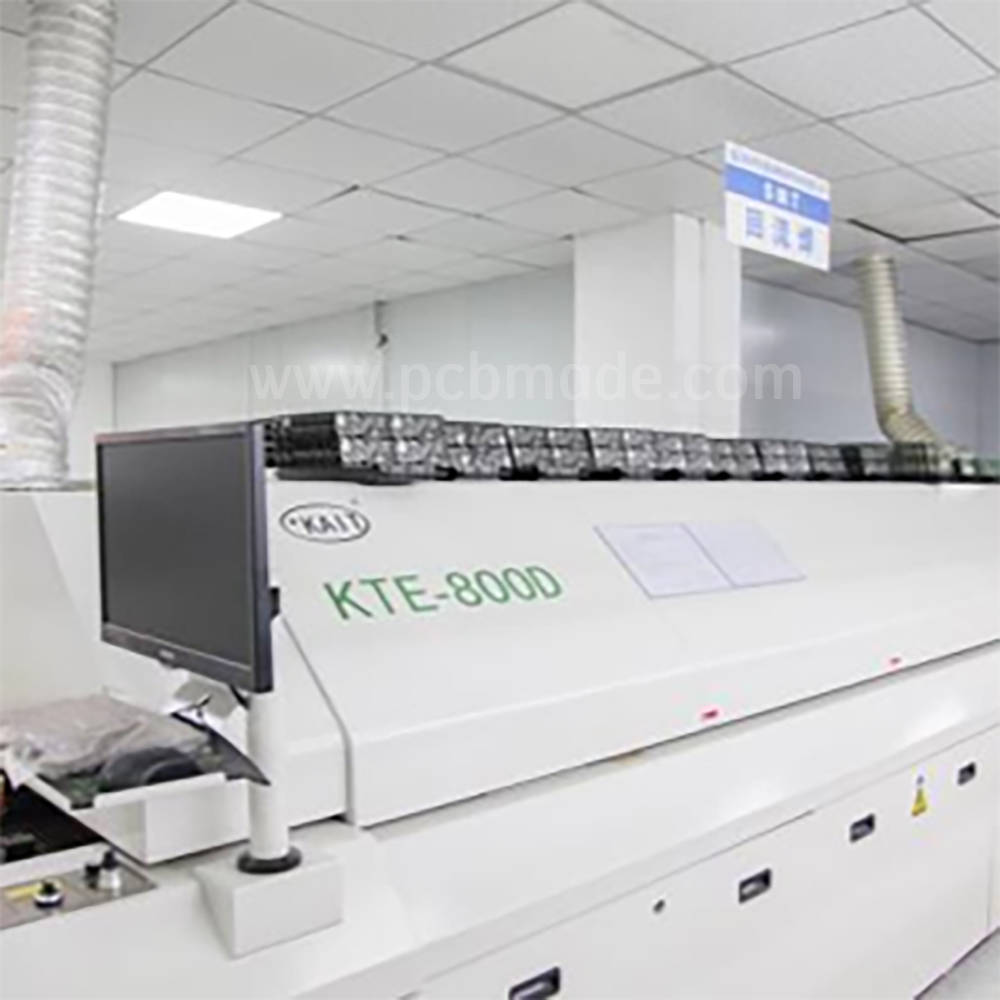PCB drilling technology is an important process in PCB production, and through holes, blind holes, and buried holes belong to different types of drilling, with different structures and functions. Let’s take a detailed look at the differences between them!
Through holes : as the name suggests, are connected holes that run through both sides of a circuit board. They are usually used to connect circuits of different levels and provide mechanical support for electrical connection boxes. Generally speaking, through holes are mainly used for soldering DIP plugins;
Blind holes : are mainly used to connect circuits between the surface and internal layers of a PCB. Therefore, blind holes are only half drilled and do not penetrate the entire PCB board. In PCB design, blind holes can help save space and increase the wiring density of the circuit board.
Burial holes : which are completely located inside the circuit board and are invisible through holes in the inner layer of the PCB board, are mainly used to connect the internal circuits of the PCB board. Burial holes are mostly used in the manufacturing of multi-layer PCB boards, which can effectively improve the structural strength and reliability of the circuit board;
The above are the main differences between PCB through holes, buried holes, and blind holes. The correct selection and use of different types of drilling holes will have a positive impact on the performance and reliability of PCB!


